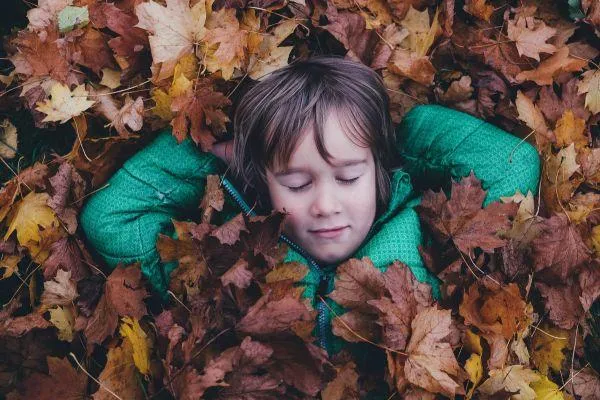
Discovering Place-Connected Learning: Making Sustainability Meaningful in Early Childhood
Every child experiences their environment in unique ways — from the local bushland reserve they explore to the local streets they walk along, from the community garden nearby to the construction site they peer through with fascination. In early childhood education, understanding how children connect to their place—whether natural, built, or somewhere in between—is key to creating meaningful sustainability learning.
Place-connected learning helps educators transform abstract concepts into experiences children can see, touch, and explore right where they are. It recognises that every service sits in a unique place with untapped potential, whether that's surrounded by bushland, nestled in urban streets, or looking down from the rooftop of a high-rise building.
Through observing, reflecting, and acting on the environment around them, children begin to see themselves as active participants in their community and the world. This approach aligns closely with the Early Years Learning Framework's principles of belonging, being, and becoming, and sets the foundation for curiosity-driven sustainability learning.
What is Place-Connected Learning?
Place-connected learning is about making your service's unique environment—natural and built—the starting point for exploration and discovery. It's not just about teaching children about nature or recycling — it's about using your service's specific place, community, and cultural context as a lens for learning.
In practice, this might look like:
Natural environments: Observing how children interact with trees, garden spaces, or visiting parks
Built environments: Exploring how water moves through drains, investigating different building materials, or noticing how community spaces are used
Cultural connections: Learning about the Traditional Owners of the land, exploring family traditions around place, or discovering local community stories
Community relationships: Connecting with local shop owners, visiting community gardens, or engaging with neighbourhood groups
This approach helps children develop a sense of ownership and responsibility for their environment—whatever that environment looks like—while making learning tangible and meaningful.
Why Place-Connected Learning Matters
Learning grounded in place turns abstract sustainability concepts into real-world experiences. Children don't just learn about the environment; they interact with it, ask questions, and explore solutions within their own context. This encourages deeper engagement, critical thinking, and genuine agency.
The power of place-connected learning lies in how it provides context for abstract sustainability concepts, making them relevant and meaningful for both children and adults. It creates opportunities for local action that builds agency and momentum for change at increasingly larger scales.
Whether children are investigating how rainwater flows down city gutters or watching birds nest in playground trees, they're learning to see themselves as connected to and responsible for their place in the world.
💡 Try this: Take a 10-minute "place audit" walk around your service and local area with your team. Notice where children naturally gravitate, what sparks curiosity—from natural elements to built features to community interactions—and what questions arise.
The 5 Foundation Questions Framework
Want to dive deeper into reflecting on your service's unique place? Our Place Connection Guide helps you explore five key areas:
What makes our service's place unique? (environmental features, built structures, community connections)
What stories does this place hold? (Traditional Owner knowledge, family cultures, local history)
How do children already connect with this place? (following their natural curiosity)
How do families and community shape our connection to place? (building authentic partnerships)
Where could we start taking meaningful action? (from awareness to stewardship)
📍 Download the Place Connection Guide
Looking Ahead
Once you've started exploring, you might be wondering why place matters so much for sustainability learning. Our next post, Why Place Matters for Sustainability Learning, explains how grounding learning in your specific environment transforms engagement and outcomes.
Your Place-Connected Journey Begins
Place-connected learning isn't just a method — it's a mindset. By observing and reflecting on your service's unique environment—natural, built, and cultural—you can spark curiosity, empower children as co-researchers, and take practical steps toward meaningful sustainability learning.
Next Step: Download the Place Connection Guide to start reflecting on your place today and discover your service's unique sustainability pathway.
📍 Download the Place Connection Guide
